The protracted history of the Travancore royal family - like that of all monarchical dynasties - is fraught with tales of passion, intrigue, riches and mystery which are each worth retelling in their own right. What jumps out when documenting the particular matrilineal narrative of this dynasty is the puissant personality of Maharani Sethu Lakshmi Bayi - the Queen Regent who played a crucial role in establishing the dimensions of womanhood not only in terms of the feminal noble, but also the redefining of the same for her common subjects in the 1920s.
Granddaughter of celebrated painter Raja Ravi Varma, Sethu Lakshmi Bayi was appointed as Regent until the Maharajah, her nephew, came of age. Aside from responsibility, the regency brought with it the unique perk of absolute power according to traditions of the Travancore royal family, where women had equal claim to monarchical authority. The Maharani ascended to the regency in 1924, when winds of change were coursing through the kingdom on the wings of colonial diktats.
It goes without saying that ideas of Victorian propriety were counterintuitive to the progressive values entrenched in the foundations of the kingdom. Unfortunately, under colonial rule, the collective morality of the latter was being negated in favour of the former, calling for a domestic, submissive and ultimately subjugated role of the woman. The Maharani, in spite of her heritage, subscribed to the same. She was the queenly reformer who embraced modernity, which at the time entailed becoming a paragon of the ideal Indian woman. The Regent was a devoted wife, giving precedence to her domestic duties towards her husband above all else, elevating his position within the court (which invited disapproval from many, considering the wedded partners of queens were only given the designation of “consort”).
In his celebrated book The Ivory Throne, Sahitya Akademi Yuva Puraskar awardee Manu S. Pillai writes, “It was Sethu Lakshmi Bayi who passed that historic legislation in the state by which matrilineal families were abolished and patriarchal nuclear households were given a boost as an intellectual ideal.” Sethu Lakshmi Bayi successfully altered the fabric of royal muliebrity which had persisted for generations in Travancore - and this manifestly mushroomed beyond palace walls, entering into the homes and hearths of common subjects.
Changes were felt in every sector of the kingdom, arguably beginning with the vocational category of devdasis. The temple dancer occupation in India was an ancient tradition dedicated to spiritual transcendence through artistic expression. Devdasis embodied the veshya figure in the Natyashastra, undergoing intellectual training which deemed them as the reservoirs of Indian culture. They provided pleasures of the mind and body to aristocratic men, and charged them in return for these services. Such a practice was both economically liberating and well-respected within the Indic fold, and provided the necessary counterbalance to the chaste kulina figure of wife and homemaker. The colonial machinery, with no available parallel in the European world, equated the role of the devdasi to that of the prostitute. The sexual and cerebral expression of unwed women affronted Victorian sensibilities and as a consequence, the devdasi vocation was demonised.
In August of 1931, Sethu Lakshmi Bayi herself outlawed the occupation of temple dancers. The move was applauded in the guise of women’s emancipation, but devdasis belonging to the kingdom protested in an attempt to protect their rights and independence. Alas, their pleas fell on deaf ears. An ancient tradition celebrating the confluence of artistic and religious creation was abolished overnight. Left in the wake was a unidimensional idea of ideal womanhood.
A unidimensional portrait of the Maharani too would be remiss, considering her remarkable efforts in the orbit of women’s education. It was Sethu Lakshmi Bayi who championed the cultivation of knowledge in Trivandrum, personally inviting women collegians for tea at her palace. She also nominated the first female legislator of India to the Legislative Council, and was a force to be reckoned with when it came to women’s employment.
The contradictions evident in the dichotomous decrees of the queen point towards a complex fashioning of Indian womanhood. The blackening of the veshya might seem at odds with the upliftment of educated women, but it all boils down to the premise of control. The championing of one form of emancipation over another allows for control over the minds and bodies of women, who are then expected to walk a tightrope between the home and the world. Education brings knowledge, which can be wielded as power. The liberating screen of modernity successfully disguised ideological weaponry forged for the purpose of hegemonising knowledge. The local rulers in the end fell prey to the colonial machine, dangling from golden strings like titular heads of vacant thrones.
Pillai writes, “Indeed, as early as 1957, the Maharani herself bid farewell to her royal heritage and embarked on a new life in Bangalore, allowing for her daughters and grandchildren to become new people in a changing world. In that year, soon after a Communist government came to power in Kerala, and the remaining 50 servants formed a union in her palace, Sethu Lakshmi Bayi took her leave. She sat on a train, and never went back to the land she once ruled. And with that, the madappally at Satelmond Palace was closed. All its tales were now consigned to a world of memories, and what was left were wistful stories that began always with “Once upon a time there was a queen…”
References
Pillai Manu S. The Ivory Throne : Chronicles of the House of Travancore. HarperCollins Publishers India 2015.
https://www.goya.in/blog/sethu-lakshmi-bayis-royal-kitchen
https://www.livemint.com/Leisure/gYKFPAJCoxfma3F9pEoWrO/The-house-of-Travancore.html
https://en.wikipedia.org/wiki/Sethu_Lakshmi_Bayi#Ruler/Regent_of_Travancore













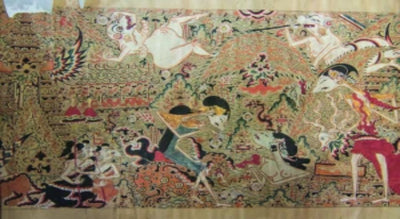
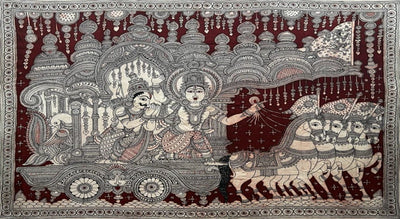

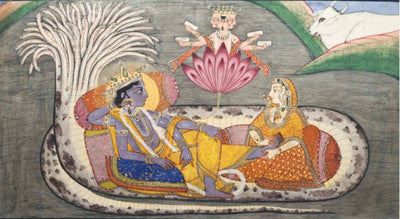

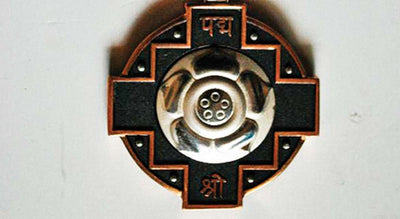

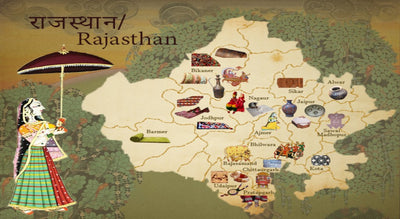










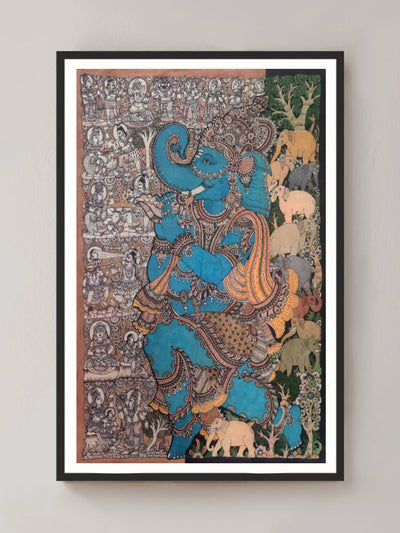








0 comments